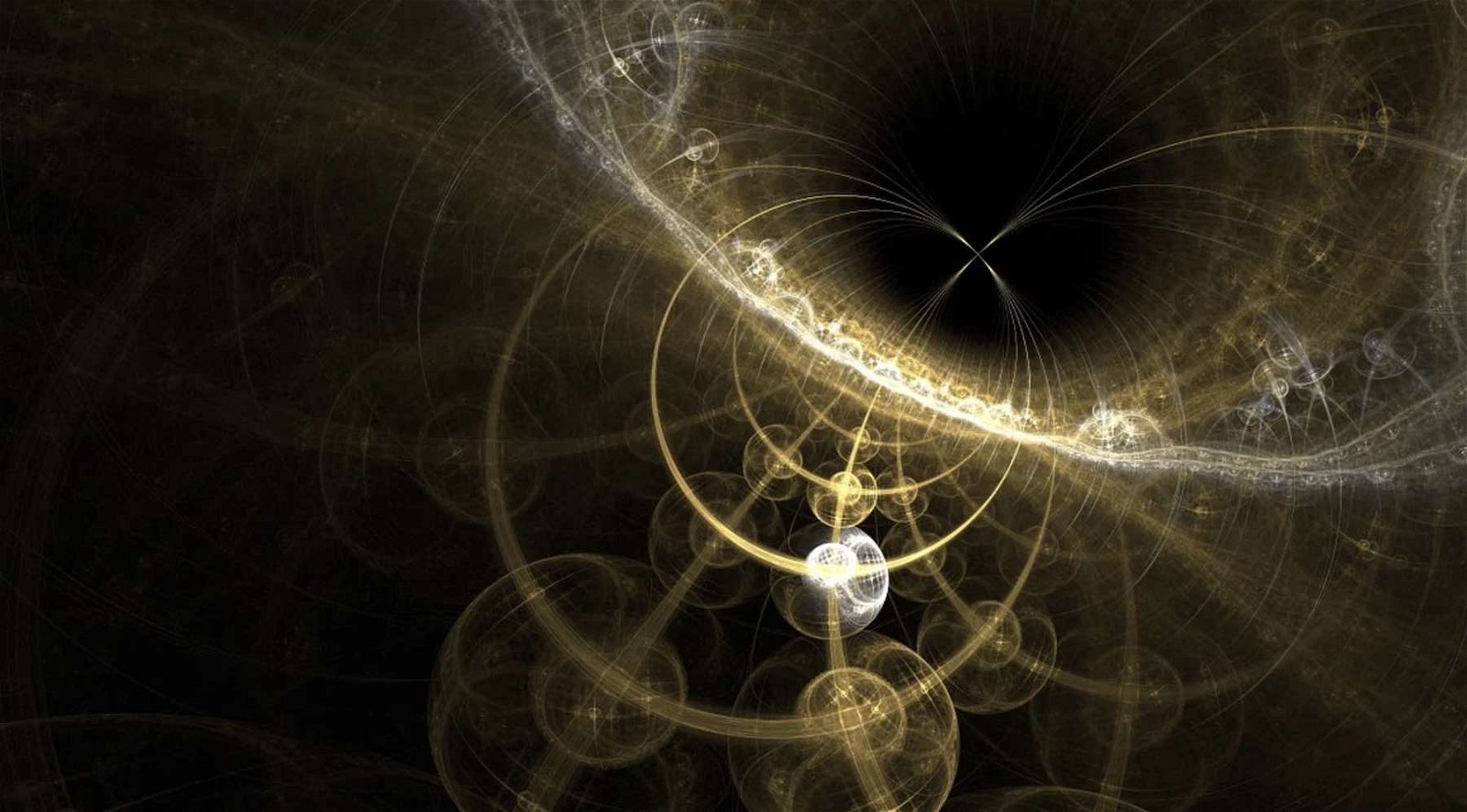The discovery of a new phase of matter has been announced by a team of physicists, who made the breakthrough following the creation of a novel device they characterize as a “frustration machine.”
In our day-to-day lives, the three most common phases of matter that most of us encounter are solids, liquids, and gases. Plasmas also occur in a variety of everyday circumstances, from the lightning strikes that occur during thunderstorms to welding arcs and the plasmas within the tubes that illuminate neon signs.
However, there are a variety of conditions beyond what we normally experience on Earth, where matter can take on very different forms from those we are used to seeing. These can occur with things that are infinitesimally small or which possess very low states of energy, as well as when under very low temperatures close to absolute zero.
Now, Tigran Sedrakyan, an assistant professor at the University of Massachusetts, and the team document a new phase of matter similar to how it appears under such extreme conditions, which they call the “chiral bose-liquid state,” as reported recently in an article they published in the journal Nature.
Within a given system, particles will bump into each other, which results in effects that scientists are generally very good at predicting. For instance, if you roll a bowling ball at a set of pins, a predictable pattern will likely emerge if the ball strikes near its center, sending the surrounding pins toppling over in every direction. In physics, this is an example of our understanding that the effects we observe are correlated with particles running into each other.
However, the quantum world can behave quite differently in that a frustrated quantum system can produce an infinite number of possibilities based on the interaction of particles, some of which can result in very unique quantum states.
These kinds of quantum states have been Sedrakyan’s focus for several years, which include what are known as band degeneracy, moat bands, or kinetic frustration, which occur in quantum matter during strong interactions.
According to Sedrakyan and his colleagues, their investigations into moat band phenomena yielded an interesting observation, which they characterize as “an unconventional time-reversal-symmetry breaking excitonic ground state under imbalanced electron and hole densities.”
In layman’s terms, what the team has essentially done amounts to engineering a semiconductor device that works like a “frustration machine” by stacking an upper semiconducting layer through which electrons are able to freely move, and a lower layer with holes that electrons occasionally move into. The two layers are then placed at a distance of within the width of a single atom from each other.
Sedrakyan likens the resulting movement of electrons to a game of musical chairs, where imbalances in the number of available electron holes are specifically engineered to frustrate them.
“Instead of each electron having one chair to go to, they must now scramble and have many possibilities,” Sedrakyan said in a statement.
The resulting frustration is what produces the novel chiral edge state, which produces several unique characteristics. One is that when temperatures approaching absolute zero are reached with quantum matter in a chiral state, the electrons begin to behave in predictable patterns as they freeze. The spin of electrons under such conditions can’t be altered even through collisions with other particles or the presence of magnetic fields, a property that has several unique potential applications.
“[T]he state is very robust with respect to external perturbations, such as, for example, disorder, dirt, temperature, fluctuations, all these types of things that normally affect the state of matter severely,” Sedrakyan said in a statement.
However, observing the chiral bose-liquid state is itself no simple task. The team succeeded in doing so with the combination of a theoretical framework and an experiment involving a strong magnetic field that allowed them to measure electrons as their position changed while attempting to occupy the various holes in the lower semiconducting layer of the “frustration machine” they engineered for such purposes.
The experiment proved successful, revealing what is believed to be the first direct evidence of the chiral bose-liquid. The team says their discovery “opens up a new direction for research on topological and correlated bosonic systems in solid states” beyond their conventional phases and could have applications that include more secure and reliable methods for encoding digital information.
The team’s paper, “Excitonic topological order in imbalanced electron–hole bilayers,” appeared in the journal Nature on June 14, 2023.
Micah Hanks is the Editor-in-Chief and Co-Founder of The Debrief. He can be reached by email at micah@thedebrief.org. Follow his work at micahhanks.com and on Twitter: @MicahHanks.

